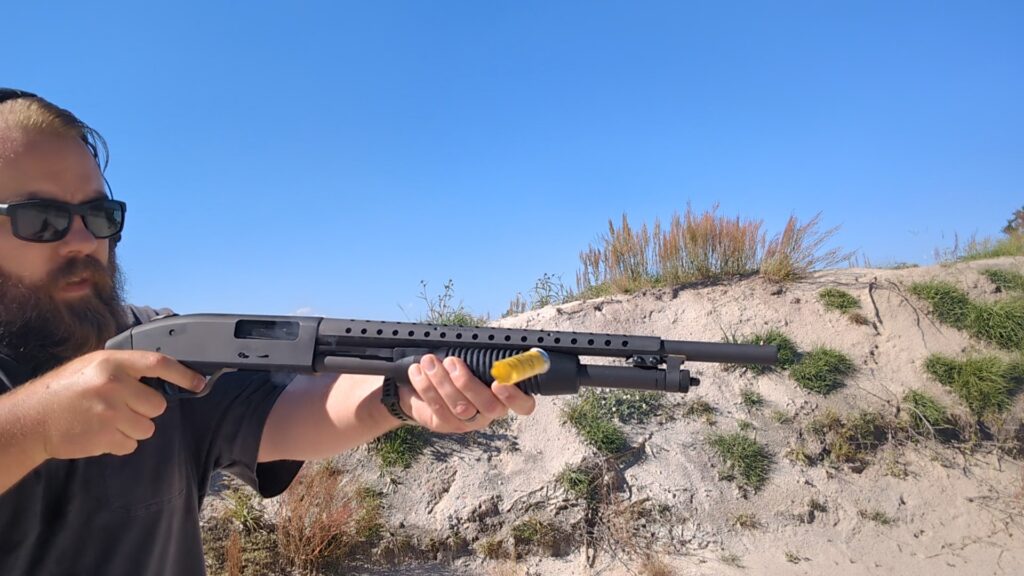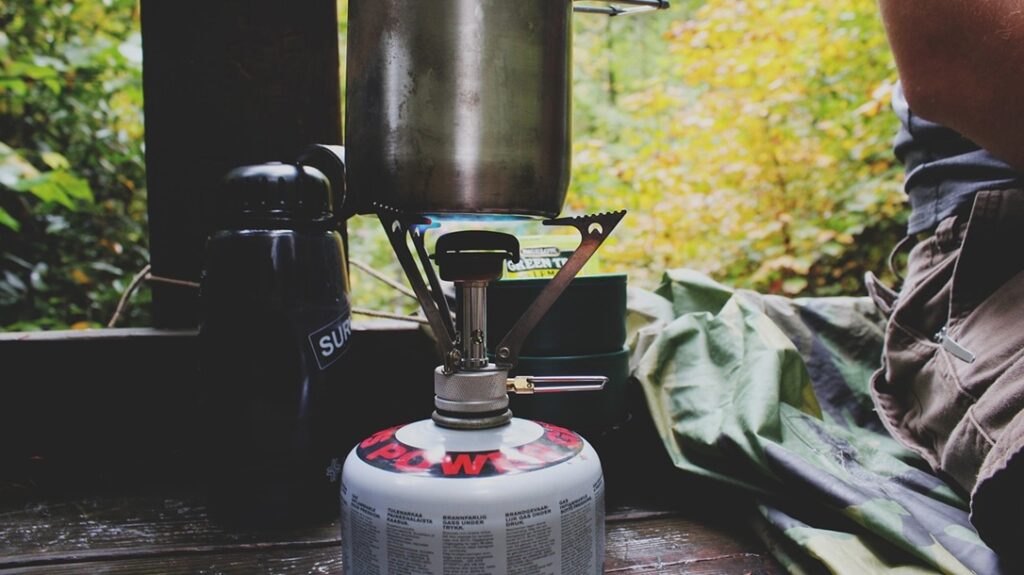The test of science isn’t asking you to believe but presenting the results of testing and letting you make your own conclusion. I have tested Lehigh ammunition extensively and came to the conclusion that these loads feature good quality control feed reliability and accuracy. Lehigh began manufacturing match grade copper bullets and today Lehigh ammunition is owned by Wilson Combat. The load I was most interested in was the .45 ACP 170 grain hollowpoint. My carry gun is a Springfield 1911 and I enjoy running different high quality load in the pistol and gauging performance. The 170 grain load breaks just over 1,100 fps according to the RCBS chronograph. Recoil is about the same or less than the usual 185 grain .45 ACP loading. Accuracy is good. Expansion in water jugs and wet paper is startling- 1.2 to 1.5 inch and 8 to 10 inches of penetration in this less than scientific media.
I also fired the 135 grain .45 ACP Lehigh. A fluted bullet designed to chop tissue and create damage by fluid force is more difficult to qualify than an expanding bullet. Expansion is obvious, fluid damage is not. These bullets penetrate less than a full metal jacketed bullet and cause a lot of damage in water jugs and gelatin. Advertised at 1250 fps this load clocked at 1190 fps. The Savage 1911 pistol exhibited good accuracy, firing both off hand and from a braced firing position. Powder burn is clean with limited muzzle blast.
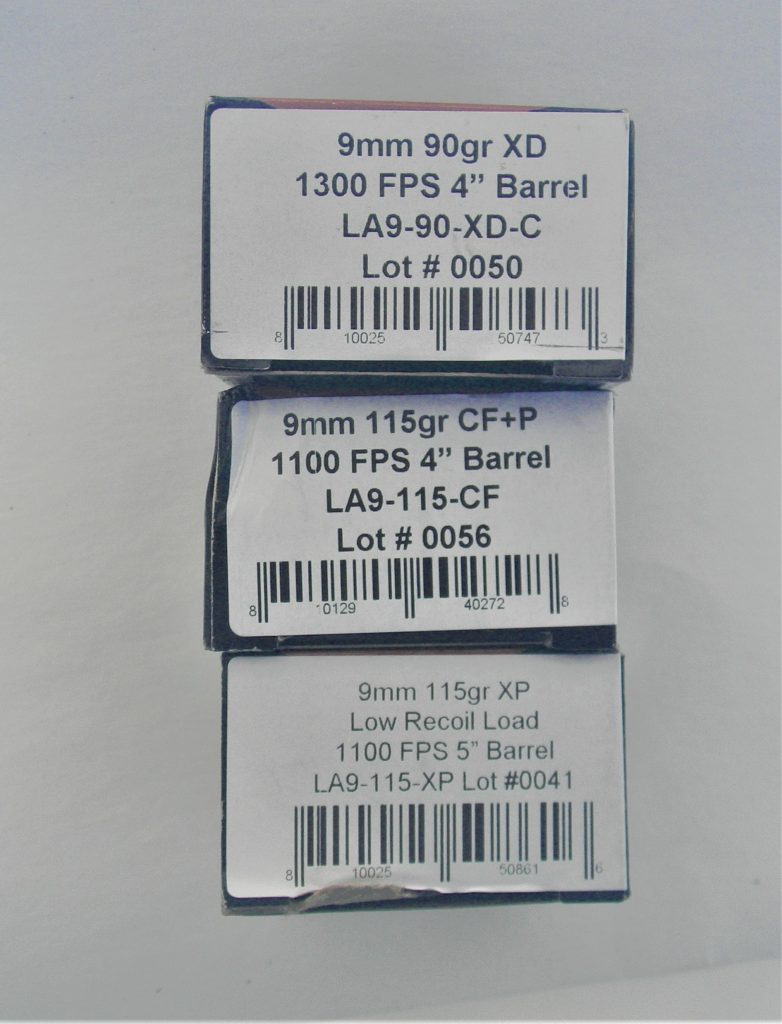
Advertisement — Continue Reading Below
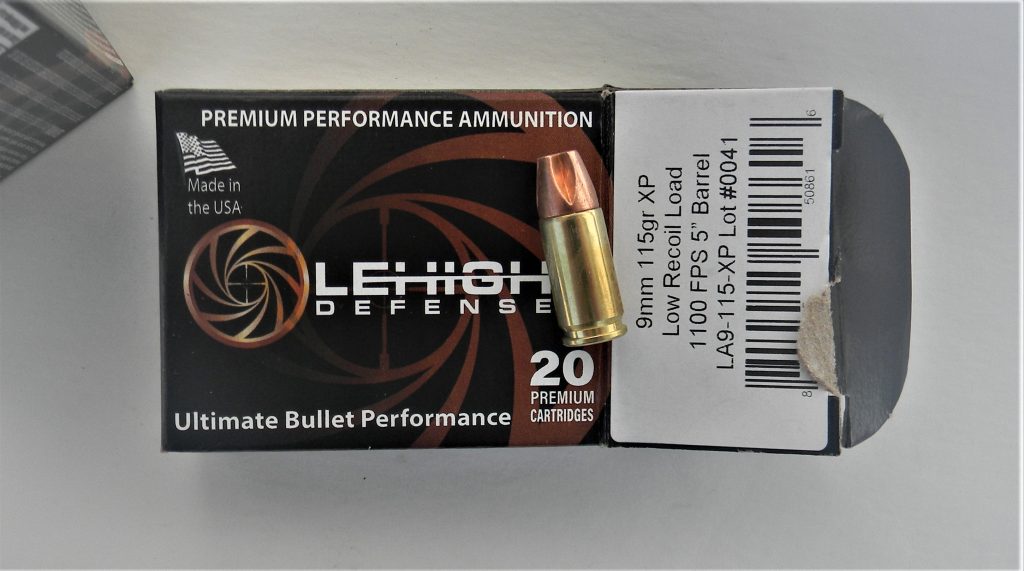
Next I broke out the Springfield Echelon for testing 9mm Luger loads. First up was the 105 grain fracturing hollow point. Velocity is 1193 fps on average in the Springfield. I also fired a few rounds in the SIG P210. This pistol registered 1270 fps and an associates long slide Glock 34 delivered 1301 fps. Certainly plenty of velocity. Expansion in fourteen inches of water is a solid consistent .80. From the SIG a bullet went fifteen inches and .84- statistically meaningless but impressive. I cannot think of a 9mm load that has given me more confidence in testing.
The 90 grain all copper fluted nose load came up next. The XD load offers significantly lower recoil than most 9mm defense loads. Penetration is good and at 1349 fps it isn’t a slow load. A 90 grain bullet simply produces less recoil energy than a heavier bullet. I was able to take pot shots with this combination at a long 50 yards on steel gongs. You could hear the resounding thunk as the bullets hit the eight inch gong a little more than half of the shots fired. I like this load and its easy combination of light recoil and high velocity.
Advertisement — Continue Reading Below
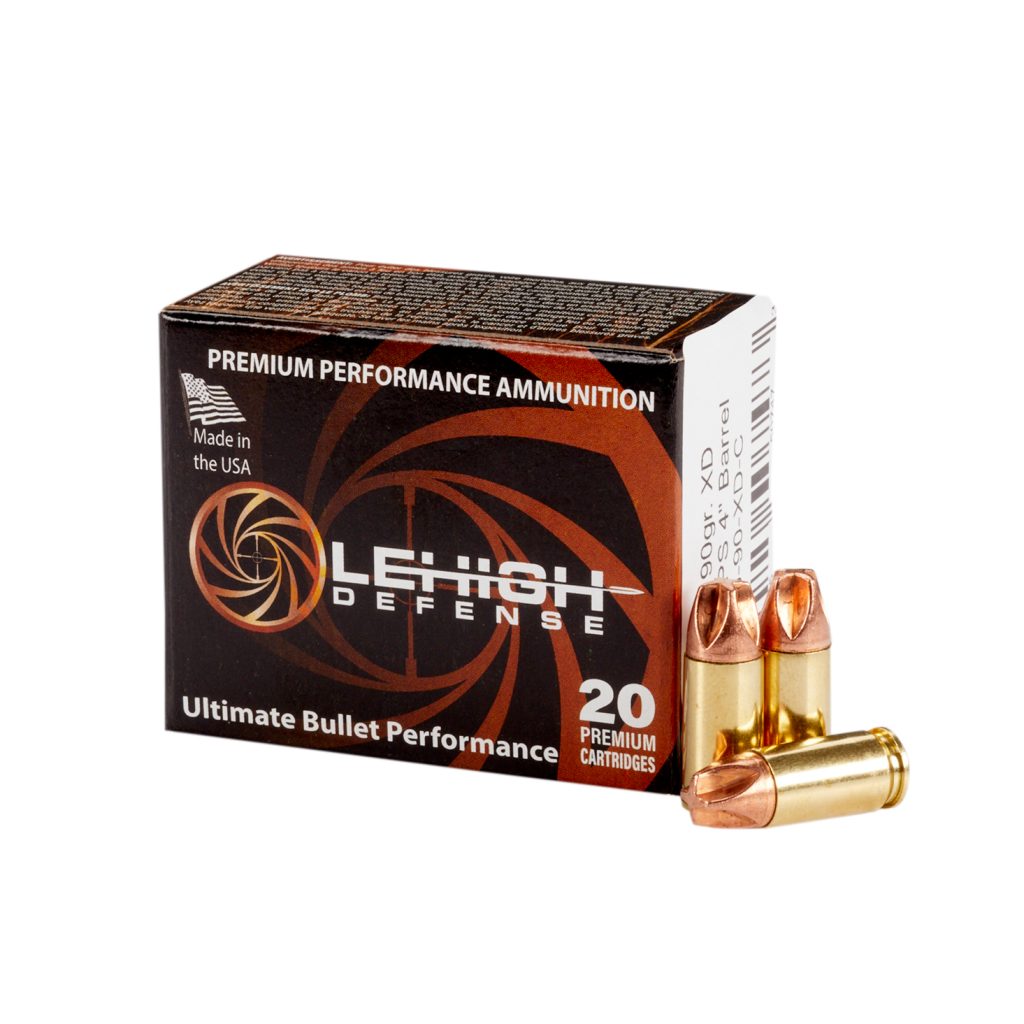
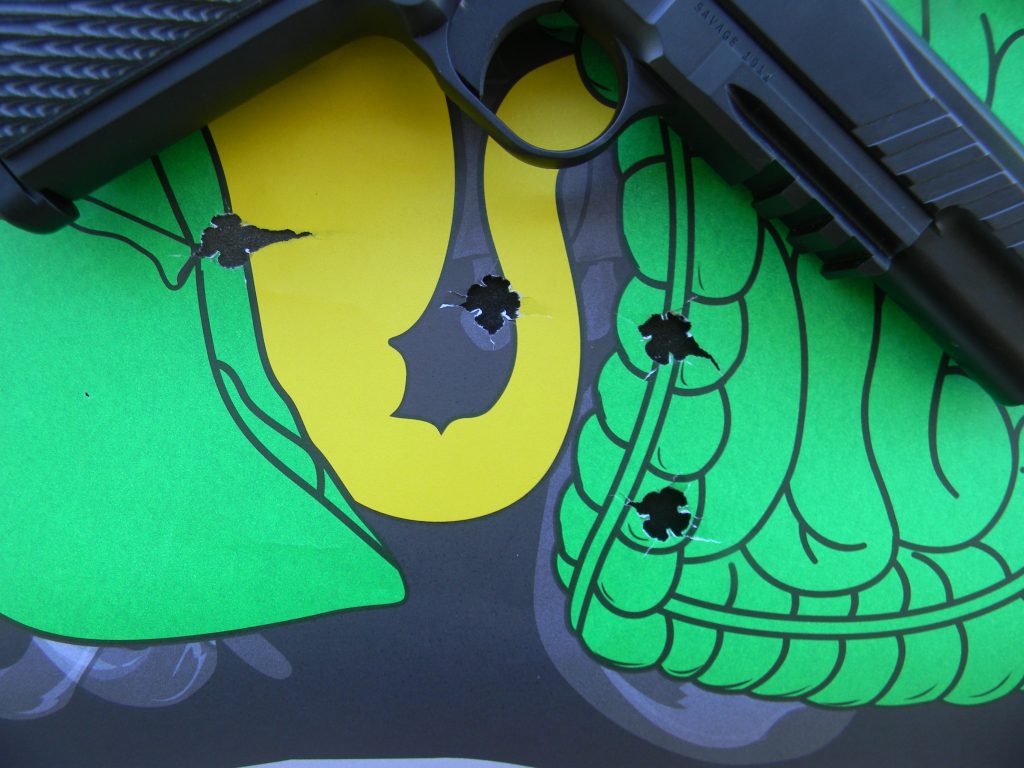
I also fired the CF +P loading. An all copper bullet is longer than a lead core bullet and as a result more of the powder space is taken up by the bullet shank. As a result while real speed may be achieved with all copper bullets that are a bit lighter for the caliber heavier bullets cannot be loaded as fast as the 90 to 100 grain bullets. As a result this 115 grain bullet clocks 1150 fps in the Springfield about average to below average velocity for a 115 grain 9mm. Just the same the all copper bullet treatment is accurate and make for good penetration. The controlled fracturing design with its all copper bullet serrated in order to ensure expansion is a reliable mechanism that produces consistent results. This load is also the single most accurate of the 9mm loadings. Firing from an MTM Caseguard K zone firing rest and taking every advantage for accuracy and with no time limit two five shot groups were fired, one at 15 yards and one at 25 yards. The 15 yard group was 1.4 inch while the 25 yard group was 2.1 inch. This is excellent accuracy for service grade ammunition.
Advertisement — Continue Reading Below
The 115 grain XD 9mm low recoil load proved interesting. A solid copper fluted bullet may cause more disruption at high velocity but then it doesn’t need high velocity to do its chopping effect. And lets face it some loads simply kick a little too much for lighter pistols. A Shadow Systems compact or FN Reflex may not be the rest choice for +P loads. This load clocks 1089 fps in the FN Reflex 1101 fps in a Glock 19 1121 fps in SIG P210 and 1090 fps in the Springfield Echelon. Low recoil loads are not designed for a great deal of energy. This carefully designed combination offers good function and accuracy. There is a lot to be said for accurate delivery and fast recovery.
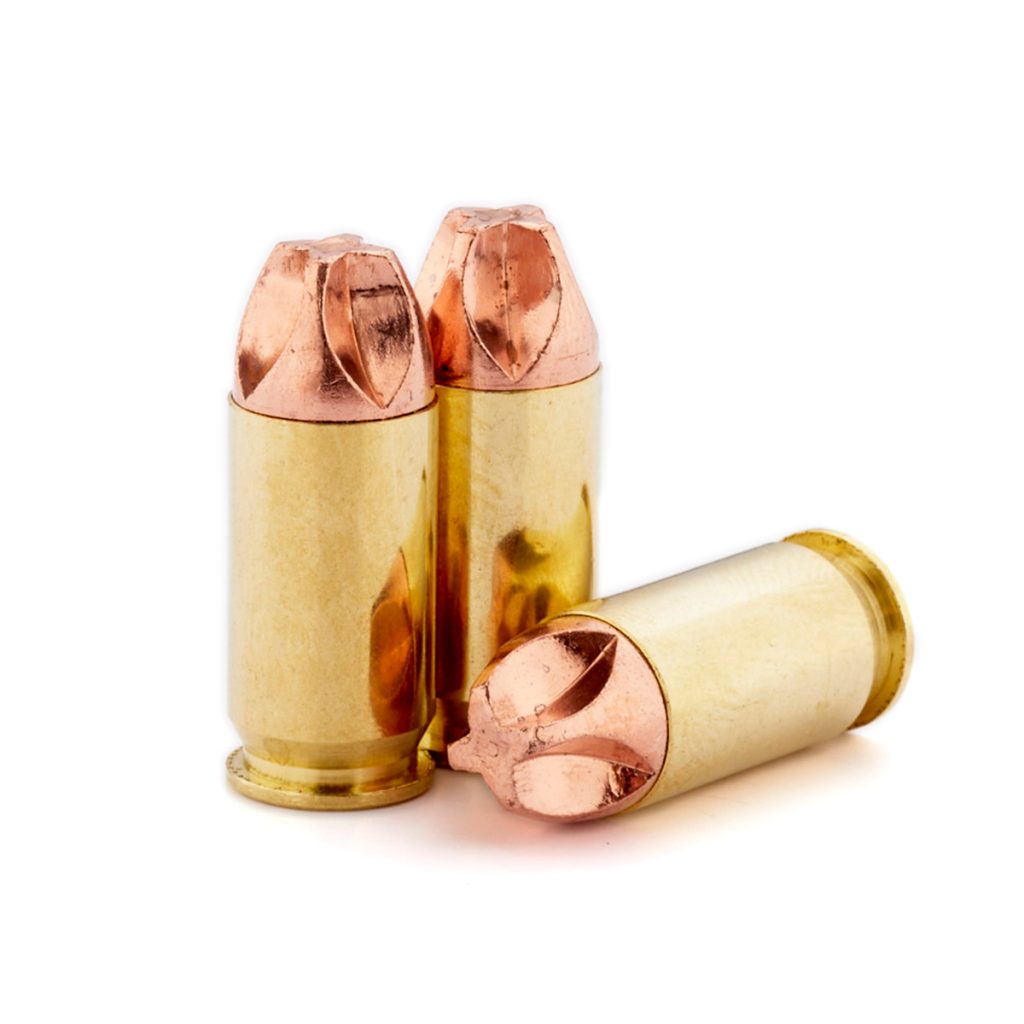
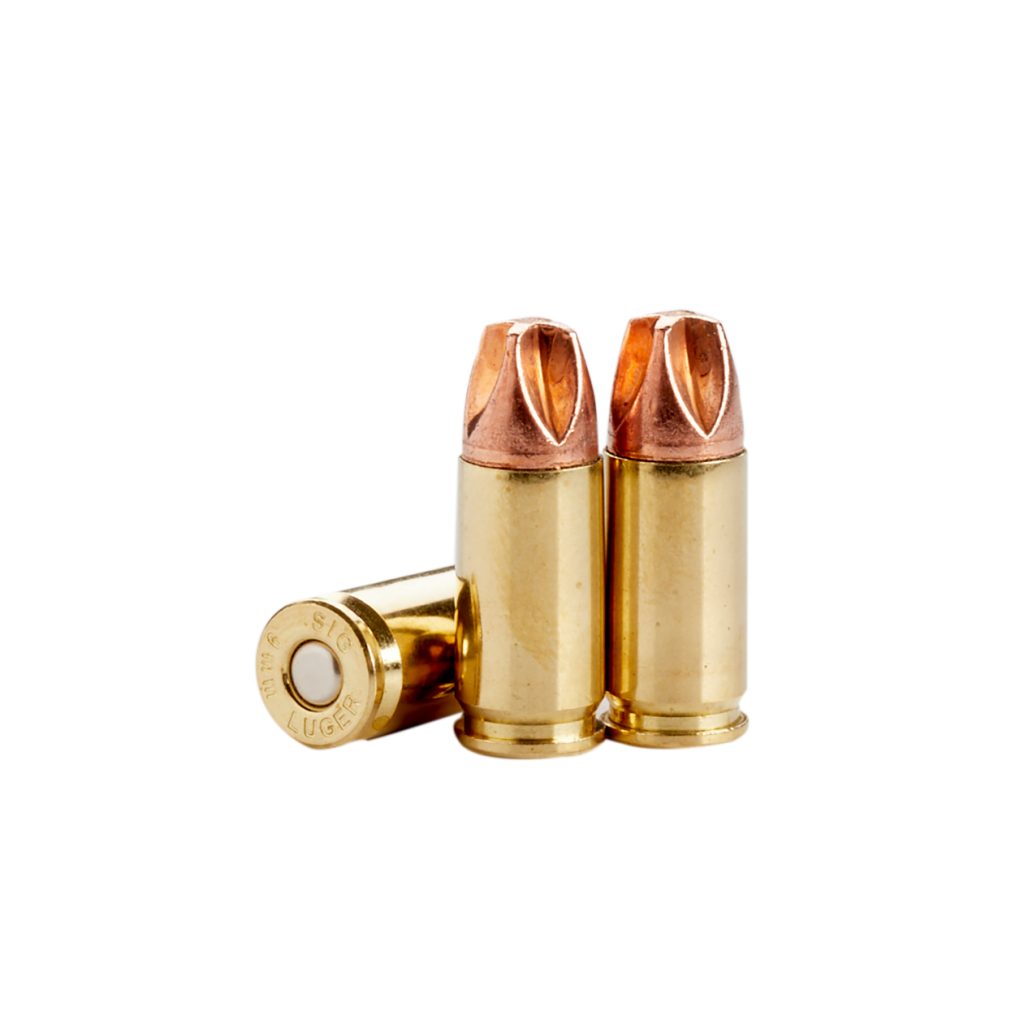
Advertisement — Continue Reading Below
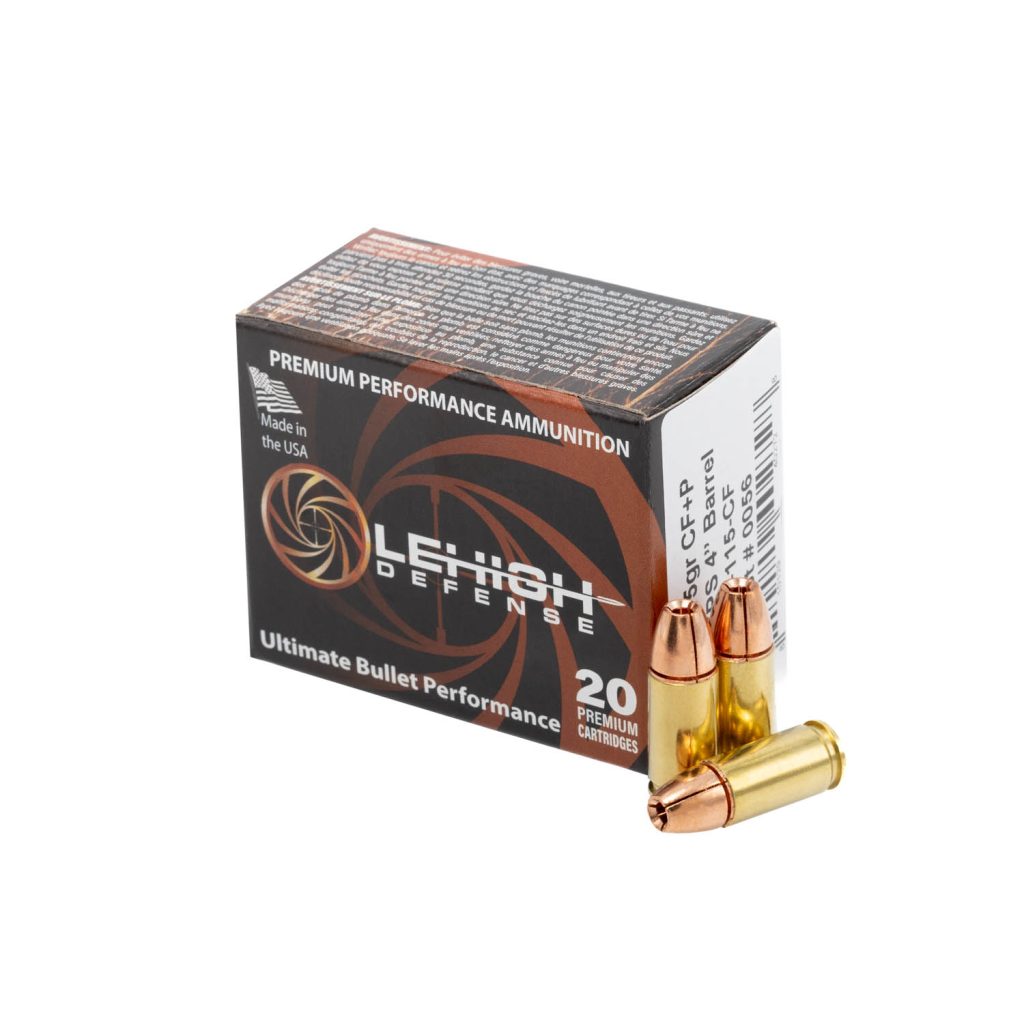
In firing several hundred Lehigh ammunition loads I admit perhaps I am short on wound potential testing although my tests of the hollow point loads certainly proved these are good choices for personal defense. The bottom line in choosing ammunition must be reliability. These loads proved reliable accurate and clean burning a wide range of handgun. That is the bottom line for choosing defensive ammunition.


